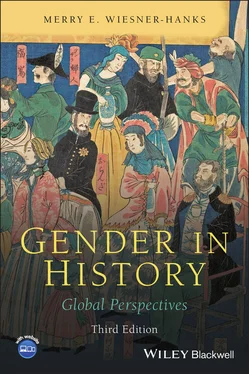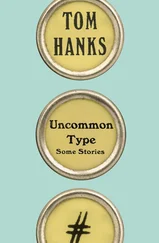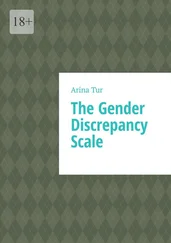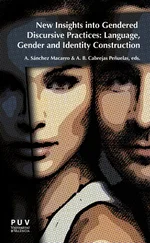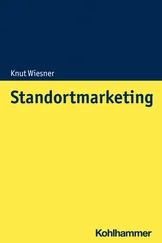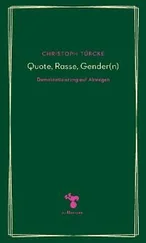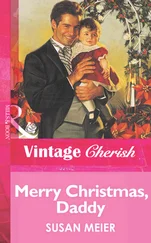Women’s and Gender History
Advocates of women’s rights in the present, myself included, looked at what we had been taught about the past – as well as what we had been taught about literature, psychology, religion, biology, and most other disciplines – and realized we were hearing only half the story. Most of the studies we read or heard described the male experience – “man the artist,” “man the hunter,” “man and his environment” – though they often portrayed it as universal. We began to investigate the lives of women in the past, asserting that any investigation of past power relationships had to include discussion of patriarchy, that predominant social system in which men have more power and access to resources than women of thesame group, and in which some men are privileged over other men and some women over other women.
Women’s historians often began by fitting women into familiar historical categories – nations, historical periods, social classes, religious allegiance – and then realized that this approach, sarcastically labeled “add women and stir,” was unsatisfying. Focusing on women often disrupted the familiar categories and forced a rethinking of the way that history was organized and structured. The European Renaissance and Enlightenment lost some of their luster once women were included, as did the democracy of ancient Athens or Jacksonian America.
This disruption of well-known categories and paradigms ultimately included the topic that had long been considered the proper focus of all history – man. Viewing the male experience as universal had not only hidden women’s history, but it had also prevented analysis of men’s experiences as those of men. The very words used to describe individuals – “artist” and “woman artist,” for example, or “scientist” and “woman scientist” – encouraged one to think about how being female affected Georgia O’Keeffe or Marie Curie while overlooking the ways that being male shaped the experiences of Michelangelo or Picasso or Isaac Newton. Historians familiar with studying women increasingly began to discuss the ways in which systems of sexual differentiation affected both women and men, and by the early 1980s to use the word “gender” to describe these systems. (“Gender” derives from the Latin word genus , meaning “kind” or “type,” and originally referred to types of nouns, of which there were three in Latin: masculine, feminine, and neuter.) At that point, they differentiated primarily between “sex,” by which they meant physical, morphological, and anatomical differences (what are often called “biological differences”) and “gender,” by which they meant a culturally constructed, historically changing, and often unstable system of differences. Most of the studies with “gender” in the title still focused on women – and women’s history continued as its own field – but a few looked equally at both sexes or concentrated on the male experience, calling their work “men’s history” or the “new men’s studies.”
Historians interested in this new perspective asserted that gender was an appropriate category of analysis when looking at all historical developments, not simply those involving women or the family. Every political, intellectual, religious, economic, social, and even military change had an impact on the actions and roles of men and women, and, conversely, a culture’s gender structures influenced every other structure or development. People’s notions of gender shaped not only the way they thought about men and women, but the way they thought about their society in general. As the historian Joan Scott put it in an extremely influential 1986 article, “Gender is a constitutive element of social relationships based on perceived differences between the sexes, and gender is a primary way of signifying relationships of power.” 1Thus hierarchies in other realms of life were often expressed in terms of gender, with dominant individuals or groups described in masculine terms and dependent ones in feminine. These ideas in turn affected the way people acted, though explicit and symbolic ideas of gender could also conflict with the way men and women chose or were forced to operate in the world.
Historians were not the only ones to begin using the concept and word “gender.” It spread in other academic fields and then into ordinary speech, becoming the accepted replacement for “sex” in many common phrases – “gender roles,” “gender distinctions,” and so on.
Along with a focus on the gendered nature of both women’s and men’s experiences, some historians turned their attention more fully in the 1980s to the history of sexuality. “Sexuality” is a modern word used to describe the range of acts related to erotic desire, romance, and reproduction, and the meanings attached to them, and some scholars choose to avoid it for earlier periods, arguing that it is anachronistic. But investigations of the past are always informed by more recent understandings and concerns, and using modern concepts can often provide great insights. Thus most scholars use “sexuality,” while recognizing the enormous diversity on all matters relating to sex across time and space.
Just as interest in women’s history has been part of feminist political movements, interest in the history of sexuality has been part of the gay liberation movement that began in the 1970s. The gay liberation movement encouraged the study of homosexuality in the past and present and the development of gay and lesbian studies programs, and it also made both public and academic discussions of sexual matters more acceptable. Historians have attempted to trace the history of men’s and women’s sexual experiences in the past and, as in women’s history, to find new sources that will allow fuller understanding. For example, they realized that the idea that everyone has a “sexual orientation” as a part of their identity developed historically and was culturally constructed. (For more on this, see the section “Modern Sexuality” in Chapter 8.) The history of sexuality has contributed to a new interest in the history of the body, with historians investigating how cultural understandings of the body shaped people’s experiences of their own bodies and also studying the ways in which religious, medical, and political authorities exerted control over those bodies.
The subtitle of this book, “global perspectives,” highlights another development in history over the past half century: the growth of world, global, and other types of history that use a wide spatial lens. Until the last half of the twentieth century, most professional history – that is, history written by people trained at universities – focused on nation-states, and especially their political and military history. But during the 1960s, scholars and teachers began to challenge nationally organized histories. In North America, area studies programs at universities increasingly trained people to study many parts of the world, some professional historians began to write works with a broad scope, and college instructors and high school teachers created courses in world history. In Europe, the study of diplomacy gradually widened into imperial, international, and what was termed “overseas” history. Beginning in the 1980s, scholars in Asia, Africa, and Latin America critiqued much existing world and international history as overly centered on Europe, and posited different centers or called for a more polycentric world history. The 1990s brought other new directions, including transnational history ,Atlantic World history, borderlands histories, connected history, world systems history, diasporic history, and many others. Some historians began to describe their field as global history, to reflect the increasing integration of world regions into a single system through globalization, though other historians (including me) see world and global history as largely the same.
Читать дальше
